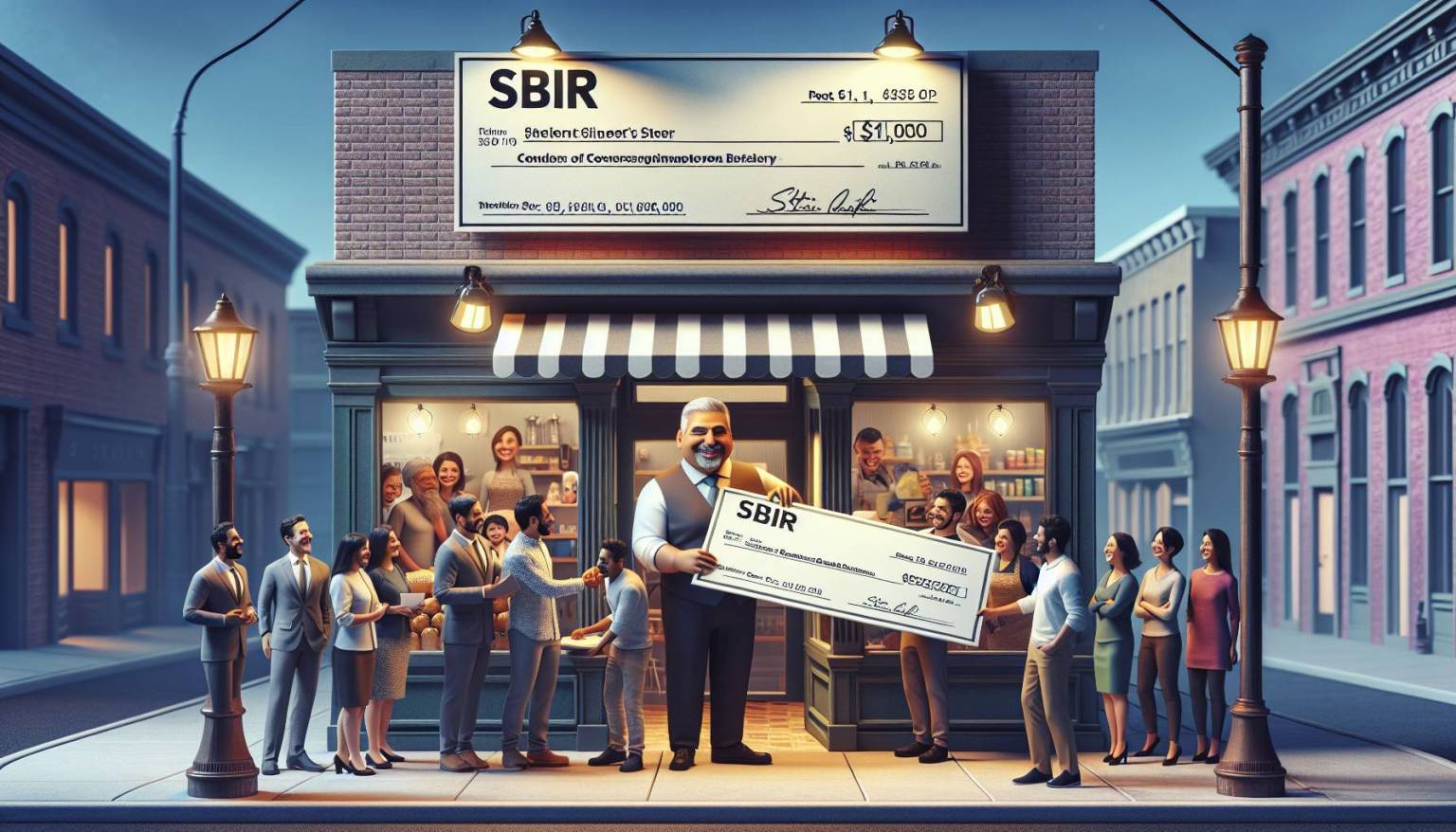Former biotech executive, Richard Giersch, highlights the significant potential of SBIR (Small Business Innovation Research) and STTR (Small Business Technology Transfer) grants as non-equity funding options for small businesses.
To secure such grants, applicants require a strong concept, supporting preliminary data, and recognized credentials in the relevant field. The commercial potential of the idea is of utmost importance.
Through these grants, small businesses receive the necessary kickstart without a dilution of the owner’s equity. Also, they help in technological progression, thus adding value to the business.
Nonetheless, the application process becomes highly competitive. Crafting a compelling proposal emphasizing the distinctiveness and commercial viability of the concept can increase the chances of success.
Giersch also recommends collaborating with experienced grant writers to enhance the proposal quality, emphasizing tenacity and persistence in these grants’ pursuit.
Regarded as “the world’s largest form of non-equity funding,” SBIR/STTR grants have provided $1.6 billion in Washington state alone to 4,577 firms. Beneficiaries include startups like Histone Therapeutics, Phase Genomics, and Talus Biosciences.
The purpose of these grants is to fuel technological development and operations of promising startups, playing a crucial role in innovation and research commercialization.
The major sponsors of SBIR/STTR grant funding in Washington state are the U.S. National Science Foundation and the National Institutes of Health, with significant contributions from the Department of Energy and the Department of Defense.
Phase I grants usually provide around $307,000 for feasability studies, while Phase II grants can award up to $2.05 million for endeavors such as prototype construction and field trials. Recipients keep full intellectual property rights, with additional funding available for particularly promising projects.
These grant programs target first-time applicants, individuals from socially disadvantaged backgrounds, companies primarily owned by women, and veteran-owned businesses. This initiative promotes diversity.
Before applying, Giersch advises applicants to start the application process at least 10 weeks before the deadline. Applicants must be prepared to find external reviewers, schedule meetings with the grant program officer, and complete online federal small business registration requirements.
Starting early also allows time for identifying and refining proposal themes, understanding the proposal formatting requirements, and proofreading everything before submission.
In conclusion, adhering to these suggestions can enhance the chances of gaining approval for the grant.

